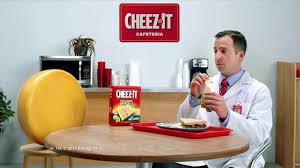 Cheez-Its is a brand I have little use for. Yes, it has very cute, memorable commercials with the wise-guy talking cheese, but would I ever consider buying a box? Never crossed my mind. Not me, being the sophisticated, older, coastal-elite, foodie type that I am. (Feel free to substitute “snob” or a crasser and more fitting adjective here.) First of all, they’re carbs – and not the carbs that are “worth it.” Cardboard and ersatz-tasting, Cheese-Its, to me, is the epitome of junk food.
Cheez-Its is a brand I have little use for. Yes, it has very cute, memorable commercials with the wise-guy talking cheese, but would I ever consider buying a box? Never crossed my mind. Not me, being the sophisticated, older, coastal-elite, foodie type that I am. (Feel free to substitute “snob” or a crasser and more fitting adjective here.) First of all, they’re carbs – and not the carbs that are “worth it.” Cardboard and ersatz-tasting, Cheese-Its, to me, is the epitome of junk food.
If I’m going to buy crackers, they’re going to be expensive, whole-grain and perfect for the fine cheeses I’ve overpaid for in the cheese shop or at Gelson’s, the pricey supermarket I frequent in L.A. Cheese-Its? I might have succumbed when I was a 19-year old college student who just smoked a little weed and there was nothing else around and I was starving and desperate. But even then it would have been just filler, not something I really enjoyed.
So why is this old brand still around? More importantly, why is it prospering in a world where traditional packaged goods are dying?
Two words probably sum it up best: Imagination and guts.
Lately, I’ve been marveling at old brands, perhaps once left for dead, that have made great comebacks. Old Spice is the classic example. A brand so old and irrelevant that it wasn’t your father’s aftershave, but your grandfather’s or great-grandfather’s. Yet Old Spice was resurrected with new product innovation and an outrageous advertising campaign. What I loved about it was that despite an entirely new personality, the brand stayed true to its roots of masculinity and confidence. Part of its genius was recognizing and reflecting how the nature and perceptions of masculinity had evolved over the decades.
IHOP and KFC have also done great work. Both were fearless, holding nothing sacred as they challenged their own legacies. It was burgers that helped turn a pancake chain around and set the internet on fire a year ago. KFC took a greater risk, taking its most sacrosanct image – Colonel Sanders (who I actually met!) – and running amok with it. Instead of deifying the brand’s founder, recreating him in his old, homespun image, KFC hired a range of actors to provide their own comic takes on him. In one case, the Colonel was portrayed as a Fabio-like sex symbol, the cover boy for a cheap romance novel.
My interest in Cheez-It’s was sparked several months ago when I read that the brand was partnering with a boxed wine brand. What? Yuck! Stupid!
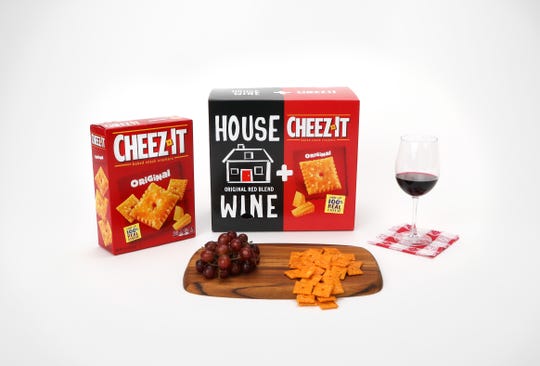
I was so astounded by this, I showed it to my USC grad students in our branding class, expecting them to echo my feelings. Not even close “Wow! That’s great! I’m buying that!” was the overwhelming response.
Shows what I know, and why it’s important for me to teach and to surround myself with young people in my business. It doesn’t matter what I read or how tuned in I think I am. For better and worse, I am no longer 25 years old. Cheez-Its might be an old, obsolete, poor quality brand to me, but I’m not the target. The “cheapness” of both boxed wine and the crackers was a selling point to my students, who clearly admired the kitsch of the brand itself and the combination.
And how about these Cheez-Its socks? De-rigueur fashion for Gen Z?
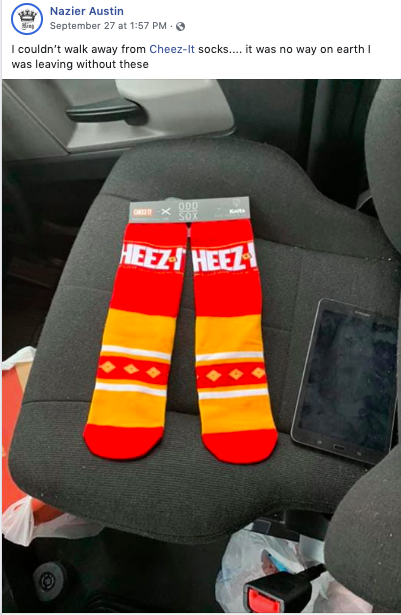
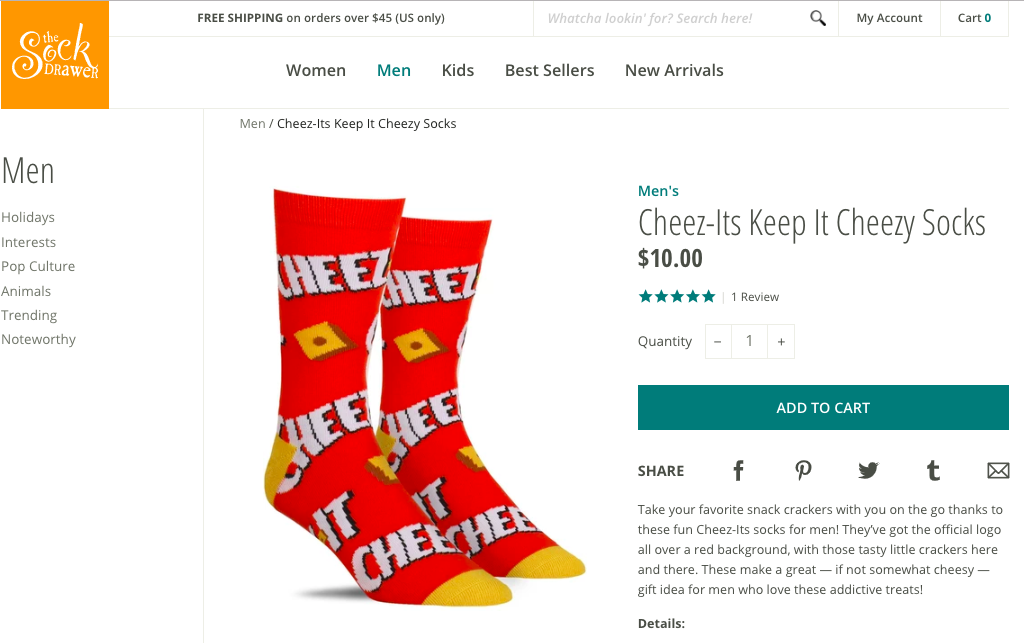
Now, according to Thrillist, Pizza Hut and Cheez-It have joined junk food forces to give us something we never knew we needed: a Cheez-It “pizza.”
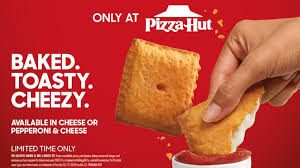
One point here is how anyone over 25 needs to stay tied to the marketplace by interacting with our customers in real life. Reading about trends or gleaning information from tables and tables of big data is important, but doesn’t quite cut it.
The more important point is that with guts and imagination, virtually any brand can make a comeback.
Cheez-Its are not locally sourced or organic. They are not Keto or Paleo friendly. As far as I know, parent company Kellogg does not manufacture them with renewable energy. It’s just cheap, processed food. Still, Cheez-Its has amassed over 3.5 million Facebook followers and is thriving with young people.
Classical marketing and traditional thinking will get you nowhere, especially if you’re trying to change attitudes or behaviors. If you’re not taking risks, you’re not going to survive. The longer packaged goods companies rely on rational benefits or tout tired and expected benefits like “goodness” and “wholesome,” the sooner they’ll die a lonely death in the supermarket cemetery.
“Made with the best oats possible, Cheerios feed your heart with goodness!” Colgate Optic White gives you “4 Shades Visibly Whiter Teeth!” “Campbell’s Soups are “delicious flavors made with trusted ingredients ready to eat when you are. Whatever your taste, we have a soup to warm your day.”
Boring. Rational. Expected. When the inevitable day arrives when these old-line companies lose their leverage with the trade, they will quickly disappear.
The new classical marketing is not a linear process. Nor should it conform to the old positioning formulas:
For moms with kids, Cheez-Its are a wholesome snack that you can feel good about because they’re made with real cheddar.
No. Screw tradition. Cheez-Its are so bad they’re good. It’s that artificial taste you proudly crave. It’s a badge that says, “I’m my own person. I eat what I want and I don’t care what you think.” They’re what the cool kids snack on. Fun and unpredictable. Bold and unique enough that Pizza Hut would want to make pizza with them. Versatile enough to eat from the box when you’re high or to complement a crisp rosé on a summer day or a hearty cab when the weather turns brisk.
It’s critical to understand the true nature of your brand, what’s appropriate and what’s not. Positioning Cheez-Its as a gourmet brand would be ridiculous. But brand boundaries can be stretched in other ways. Cheez-Its, KFC, IHOP and Old Spice demonstrate this by infusing their brand personalities with humor, poking fun at themselves and never taking themselves too seriously.
They are not brands that you’ll choose for any rational reason, nor for any serious emotional reason for that matter. They resonate with people through accessible attitudes and personalities. When you’re in on the joke, you’re in the club.
If there’s a formula for this, it’s this. Let your imagination run wild and have the guts to see it through. But it’s not an endeavor for the faint of heart.



